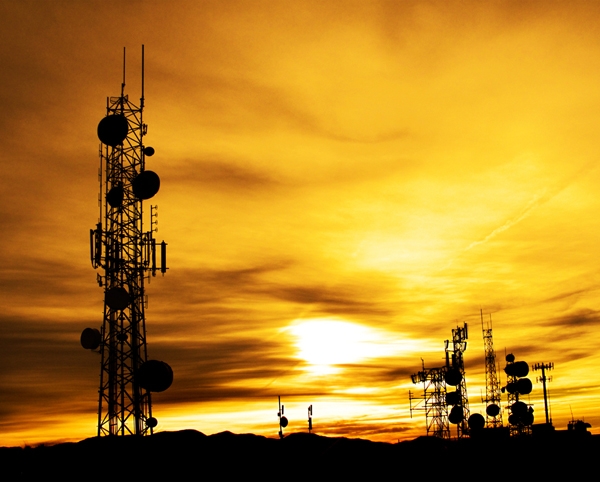Is the Tide Beginning to Turn on StingRays?
Page Media

In a welcome turn of events, courts are beginning to push back on the government’s secretive use of StingRay devices, an intrusive cell phone surveillance technology. Courts are making clear that if law enforcement wants to use new surveillance technologies, it can’t hide the information from either the courts or defense counsel.
What is a StingRay?
An IMSI catcher, more commonly referred to as a “StingRay,” mimics a cell tower and can be used to track a suspect’s location or engage in other types of surveillance. Although use by federal, state and local government is extremely widespread, the government has gone to great lengths to hide its use.
This is problematic for the constitution and democracy. If law enforcement is hiding use of this device from judges and criminal defendants, then defendants can’t raise and courts won’t have the opportunity to rule on the many constitutional concerns posed by StingRay devices. If the public isn’t aware that the government is using this device, then they can’t advocate for change in front of state and federal legislatures.
The ACLU has been working hard to expose the government’s use of this device, and to educate the public and criminal defense attorneys about the many privacy concerns they pose. Earlier this year, we published a guide for criminal defense attorneys explaining the technology and how to determine if a StingRay has been used in a particular case.
As more information has come to light about StingRays, criminal defense attorneys are beginning to challenge fishy surveillance in individual cases. In one Maryland case in state court, the judge in September ordered cell phone evidence suppressed after the police refused to explain how the police located the suspect. In another case, also in Maryland state court, the judge earlier this month threatened to hold the police detective in contempt unless he explained how the police had tracked the suspect; rather than reveal details of the technology used, prosecutors withdrew key evidence. These results would not have occurred unless criminal defense attorneys had vigorously pressed the prosecution for information about the surveillance that was conducted on their clients.
Courts are drawing the line
In Pierce County, Washington, the county’s 22 trial court judges recently began requiring explicit language when law enforcement seeks court authorization to use a StingRay. Although law enforcement had obtained more than 170 court orders purporting to authorize StingRay use from 2009 to early 2014, not a single one mentioned a StingRay and judges only learned about law enforcement’s use of the device from local newspaper reporting. And in Charlotte, North Carolina, a judge recently rejected an application to conduct cellphone surveillance after local news coverage revealed that the police had sought court authorization to use the device over 500 times since 2010, but submitted documents that did not explicitly mention the device.
Courts are taking notice when these issues actually get aired – which is probably exactly why the government wants to keep these devices secret. In the face of law enforcement’s failure to be candid with the courts, it’s all the more incumbent upon criminal defense attorneys, newspapers and privacy advocates to continue pressing for transparency.
Linda Lye is a senior staff attorney with the ACLU of Northern California.
